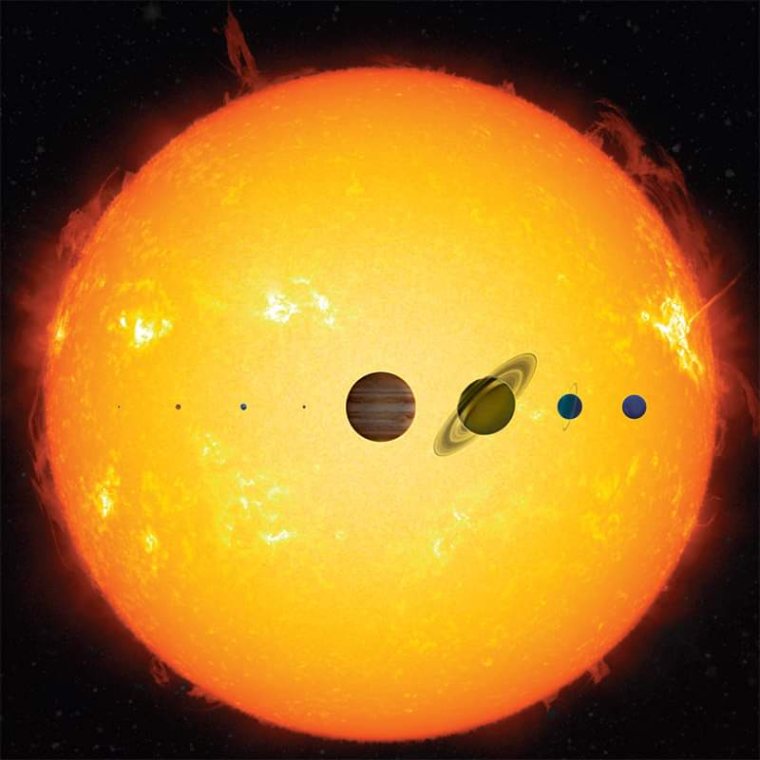- FAVORILERIM
- Web sayfası bildirimcisi Invite FB Friends
- EXPLORE
- Sayfalar
- Gruplar
- Events
- Blogs
- Marketplace
- Jobs
- Developers
This is about me ...
- Hayatımızda Orlando
- Kimden Orlando, FL, USA
- Uygulanamaz
- Ardından: 71415 people
Change Language
 Turkish - Change Language
Turkish - Change Language Son Güncellemeler
- Sizes of the planets compared to the Sun (Earth is third from left) Image credit: NASASizes of the planets compared to the Sun (Earth is third from left) Image credit: NASA4 Yorumlar 0 hisse senetleri
 2
2 Please log in to like, share and comment!
Please log in to like, share and comment! - SpaceX Starship 2nd launchSpaceX Starship 2nd launch0 Yorumlar 0 hisse senetleri
 4
4
-
- This illustration shows the prefixes in the Metric System, from quecto to quetta.This illustration shows the prefixes in the Metric System, from quecto to quetta.0 Yorumlar 0 hisse senetleri3

-
-
-
-
- The amazing Elephant Rock in New Zealand 🐘🪨The amazing Elephant Rock in New Zealand 🐘🪨0 Yorumlar 0 hisse senetleri3

-
Daha Hikayeler























